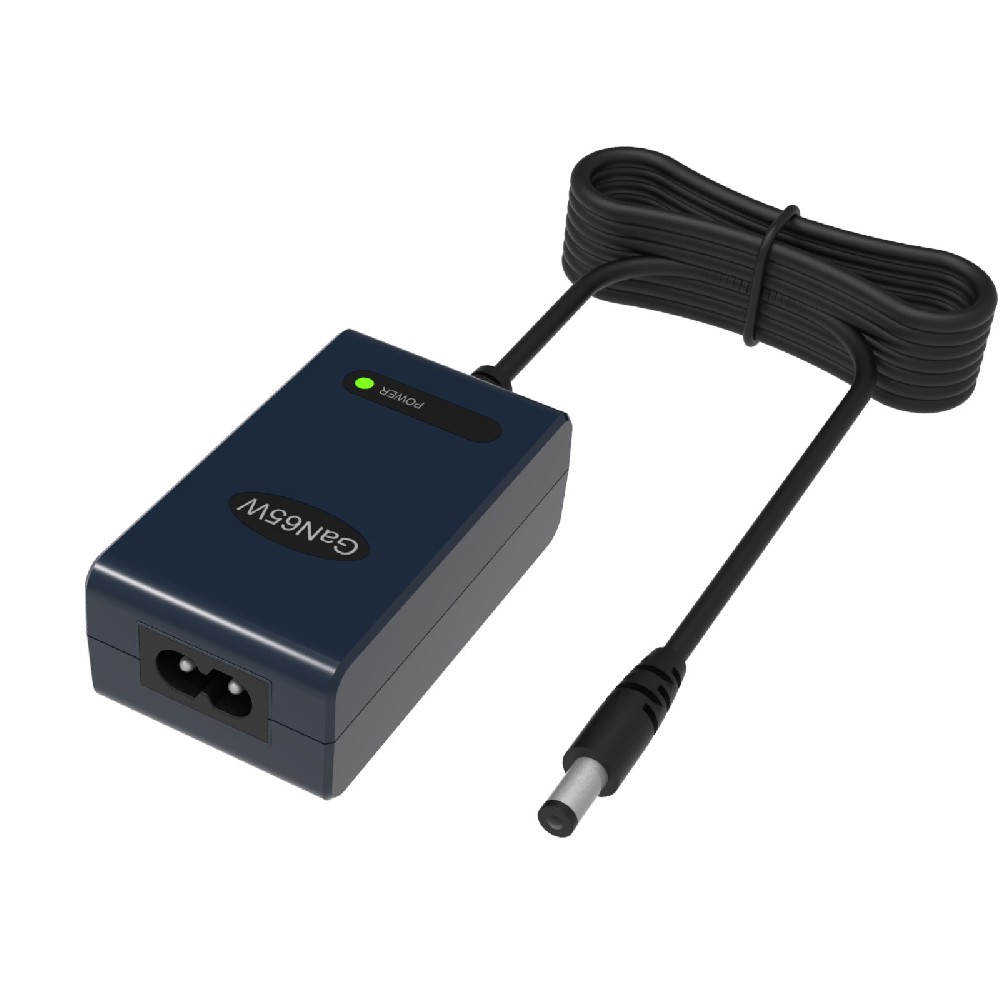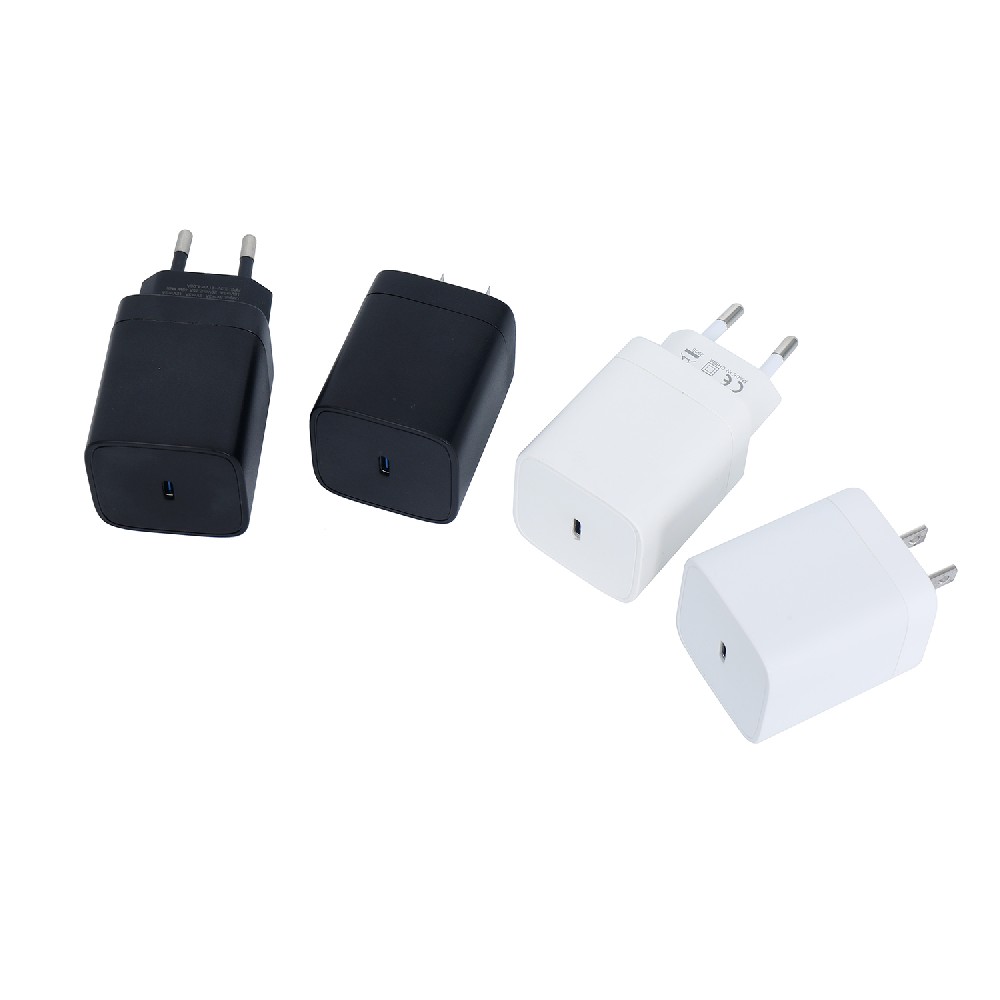Information Center
Unleash the Power of Your Rechargeable Batteries with a Reliable and Safe Battery Charger Circuit
Published:2023-07-20 10:33:20 Author:Green WCND Views:28A battery charger circuit is an electrical circuit designed to recharge batteries by supplying a controlled amount of electrical energy to the battery. The primary function of a battery charger circuit is to replenish the energy stored in the battery, which can be used to power any number of electronic devices such as smartphones, cameras, laptops, and many others.

The most common types of batteries that are recharged using battery charger circuits are lead-acid batteries, which are commonly used in cars and other vehicles. Other types of batteries that can be recharged using this type of circuit include nickel-metal hydride (NiMH) batteries, lithium-ion (Li-ion) batteries, and many others.

There are several components that make up a battery charger circuit, including a rectifier, a voltage regulator, and a charging indicator. The rectifier converts the alternating current (AC) from the electrical outlet into direct current (DC) that is suitable for charging the battery. The voltage regulator controls the amount of electrical energy that is supplied to the battery to prevent overcharging, which can damage the battery.
The charging indicator is a component that signals the state of the battery during the charging process. A common type of charging indicator is an LED that lights up when the battery is charging and turns off when the battery is fully charged. Some battery charger circuits may also include a timer or other control mechanism to regulate the charging process and prevent damage to the battery.
There are several factors that must be considered when designing a battery charger circuit. These factors include the type of battery being charged, the charging voltage and current, and the charging time. In addition, it is important to ensure that the circuit is safe and reliable, and that it meets all applicable safety standards and regulations.
One important consideration when designing a battery charger circuit is the charging rate. The charging rate is the amount of current that is supplied to the battery during the charging process. A higher charging rate can recharge the battery faster, but may also cause the battery to overheat or become damaged. A lower charging rate will take longer to recharge the battery, but will be less likely to cause damage.
Another important consideration when designing a battery charger circuit is the charging voltage. The charging voltage is the amount of electrical energy that is supplied to the battery during the charging process. A higher charging voltage can recharge the battery faster, but may also cause the battery to overcharge and become damaged. A lower charging voltage will take longer to recharge the battery, but will be less likely to cause damage.
In conclusion, a battery charger circuit is an essential component of any electronic device that uses rechargeable batteries. By supplying a controlled amount of electrical energy to the battery, a battery charger circuit can help to extend the life of the battery and ensure that it remains in good working condition. Careful consideration of the charging rate and voltage, as well as compliance with all applicable safety standards and regulations, are critical when designing a battery charger circuit.
For golf course managers, ensuring smooth and efficient operations is crucial for providing a memorable experience for golfers and maintaining the reputation of···
A battery tester ensures golf course cart batteries operate efficiently and reduces downtime through the following ways:I. Precise Battery Condition DiagnosisOp···
Battery testers significantly enhance the work efficiency of automotive maintenance technicians through several key ways:I. Rapid Diagnosis of Battery IssuesBat···
Battery testers play a crucial role in automotive battery production lines, significantly enhancing efficiency through highly automated testing processes and mu···





